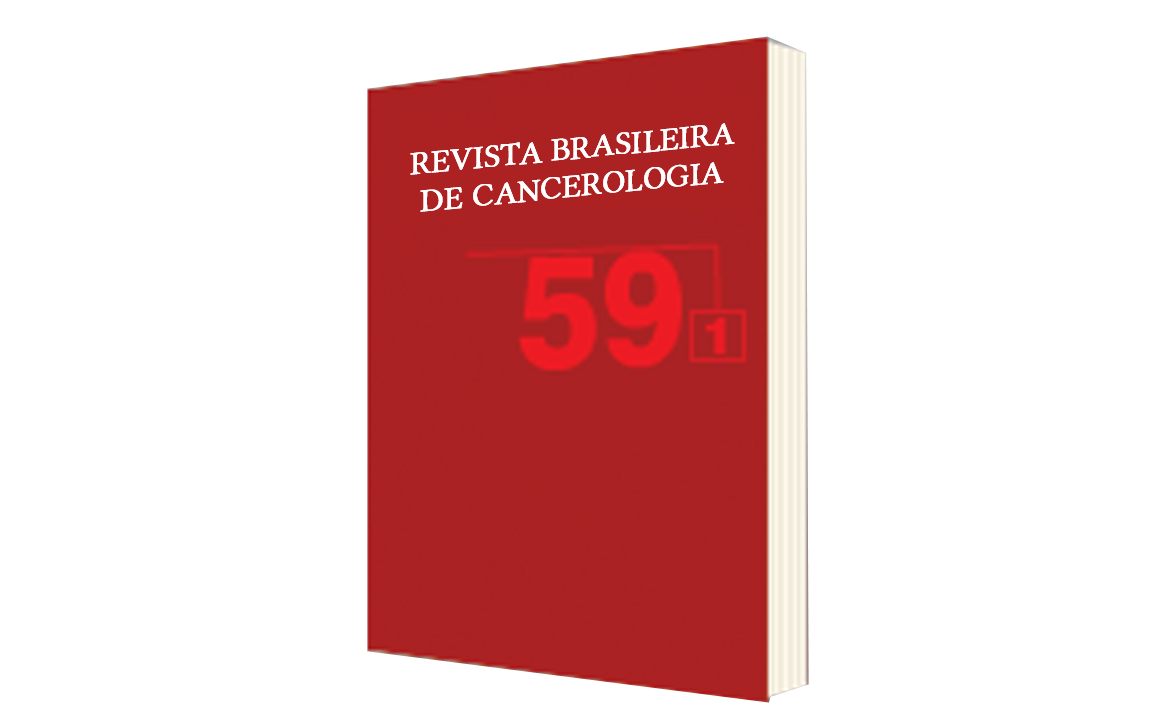Complications Associated with the Use of the Indwelling Catheter in Children and Adolescents
DOI:
https://doi.org/10.32635/2176-9745.RBC.2013v59n1.543Keywords:
Catheters, Indwelling, Catheterization, Central Venous, Infection, Neoplasms, Nursing CarehAbstract
Introduction: Indwelling catheters are resources widely used in prolonged therapies due to the comfort and safety they provide. However, their usage does not exempt the occurrence of complications, including infectious processes. Objective: To describe the complications associated with the use of the indwelling catheters Port o cath type, in children and adolescents under cancer treatment or with hematological disease. Method: Documentary and descriptive research carried out in records of patients held in a specialized clinic and four hospitals in a city in the state of São Paulo, in the years from 2006 to 2010. The sample consisted of 61 medical records of children and adolescents aged 2 months to 17 years. Descriptive statistics of categorical variables and position measurements of continuous variables were carried out. Results: There was a 13.1% incidence of complications related to use of the Port o cath, and 6.6% for early complications, and same percentage for late complications associated with infectious processes. Three of the four catheters removed due to infection (75%) had been implanted in patients diagnosed with leukemia. The mean duration of catheter use was 506.3 days (23-1,335dias). Conclusion: The incidence of catheter withdrawals due to infection (6.6%) suggests that protocols for manipulation of catheters and investment in improving staff capacity and measures aimed at reducing complications need to be adopted.









